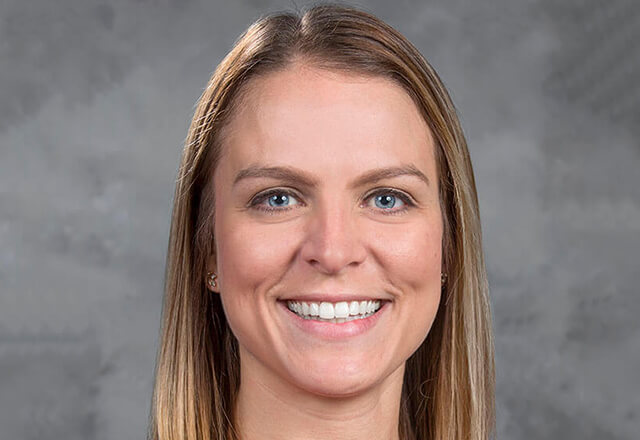Patients Leaving the Pediatric ER Without Being Seen by a Health Care Provider
Sometimes patients who come to a pediatric emergency room (ER) leave before they are seen by a health care provider. A long wait time is a common reason for patients choosing to leave. Patients who leave the ER before being seen by a health care provider may delay care that is important to their health.
What is this measure?

Johns Hopkins Medicine tracks the number of patients (and their parents or caregivers) who leave the pediatric ER without being seen by a health care provider.
Why is it important?
Patients who leave the ER before being seen by a health care provider may be less satisfied. This also might delay the delivery of important care. Johns Hopkins Medicine wants to make sure we have as few patients leaving our pediatric ERs without seeing a health care provider as possible. Examples of a health care provider include doctors, nurses, physician assistants, social workers, and physical therapists.
What is Johns Hopkins doing to improve?
Patients who seek care in an emergency room come with a wide variety of symptoms or illnesses. Additionally, the number of patients who need to be seen can often and unexpectedly change, which can lead to longer wait times. At Johns Hopkins Medicine, we are committed to reducing patient wait time to as little as possible.
We carefully review our pediatric emergency room patient volumes. This includes looking at the number of patients we see every month in the ER, and at doctor and nurse staffing levels. We look for ways to manage unexpected increases in the number of patients.
We also look for ways to keep patients moving through the ER, so they can either go home or, if needed, be placed in a hospital bed.
Frontline Perspective
 R.N. clinical supervisor Mandi Dix understands that parents may be frustrated with long wait times, and her team is committed to making sure that all of their patients are well cared for.
R.N. clinical supervisor Mandi Dix understands that parents may be frustrated with long wait times, and her team is committed to making sure that all of their patients are well cared for.Mandi Dix, R.N., B.S.N., C.P.E.N.
R.N. Clinical Supervisor
Johns Hopkins All Children's Hospital
Emergency Center
“When parents brings their child to the emergency room, they are really worried. It is our job as health care providers to see and treat their child and to put their minds at ease. It is concerning when a patient leaves before being seen because we were not able to decide if he or she was well enough to go home. Our top priority is to provide quality care to every patient who walks through our doors.
“In the emergency center at Johns Hopkins All Children’s Hospital, we have taken full ownership of this issue and have made several efforts to decrease the number of patients who leave before being seen by a health care provider.
“Our staff members greet patients and take special care to make sure that the patients and families feel heard. We have created two separate waiting areas, a “fast track” area for our less sick patients and another for our sicker patients. We’ve changed where we staff nurses to improve the process of evaluating patients. We also increased the number of doctors and other health care providers at the busiest times of the day to make sure our patients are seen in a timely manner.
“In my role, I love that I can help improve our care processes and see how they positively impact our day-to-day practice. I enjoy listening to our patients and adopting new practices to make sure that our patients are well taken care of in the emergency center.”
How can patients and family support safety?
Call your pediatrician prior to bringing your child to the emergency room. The pediatrician will be able to assist in determining the best option for the child’s symptoms or illness. It may be best to have your child evaluated at an urgent care center, or to make a “next available” appointment at your pediatrician’s office.
After you visit the emergency room, make sure you communicate with your pediatrician so that he/she can provide follow-up care, if needed.
Finally, be a “patient” consumer. We sometimes have to give sicker patients priority, even if other children arrived at the ER first. To help pass the time for you and your child, it can be helpful to have coloring books or other fun distractions, if you are able.
Quality and Safety Performance During COVID-19
The organization’s quality and safety performance may have been impacted by the COVID-19 pandemic. We would urge patients to consider more recent performance in combination with historical performance. Patients may benefit from discussing with their healthcare provider the disruptions COVID-19 may have caused on quality and safety of care.
See how Johns Hopkins Medicine prioritizes safety during the COVID-19 pandemic.
